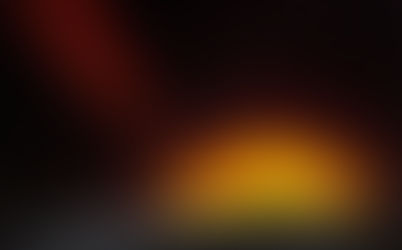Mineral Crystal systems
- rockandmineralclub
- Oct 14, 2015
- 1 min read

Below you will find the names of the crystal systems and an explanation of lattices.
Crystal Systems - Isometric, Hexagonal, Tetragonal, Orthorhombic, Monoclinic, Triclinic Crystal Forms - Monohedron, Parallelohedron, Dihedron, Disphenoid, Prism, Pyramid, Dipyramid, Trapezohedron, Scalenohedron, Rhombohedron, Tetrahedron Lattices - The French crystallographer Auguste Bravais (1811-1863) established that in three-dimensional space only fourteen different lattices may be constructed. The fourteen Bravais lattices may be divided among six crystal systems. These are the isometric or cubic, tetragonal, orthorhombic, monoclinic, triclinic, and hexagonal systems. The Bravais lattices are furthermore of three different types. A primitive lattice has only a lattice point at each corner of the three-dimensional unit cell. A body-centered lattice contains not only lattice points at each corner of the unit cell but also contains a lattice point at the center of the three-dimensional unit cell. A face-centered lattice possesses not only lattice points at the corners of the unit cell but also at either the centers of just one pair of faces or else at the centers of all three pairs of faces. The fourteen Bravais lattices are therefore the primitive cubic, body-centered cubic, face-centered cubic, primitive tetragonal, body-centered tetragonal, primitive orthorhombic, body-centered orthorhombic, single face-centered orthorhombic, multiple face-centered orthorhombic, primitive monoclinic, single face-centered monoclinic, primitive triclinic, single face-centered hexagonal, and rhombohedral lattices. (The rhombohedral lattice is a subset of the hexagonal crystal system.)

















Comments